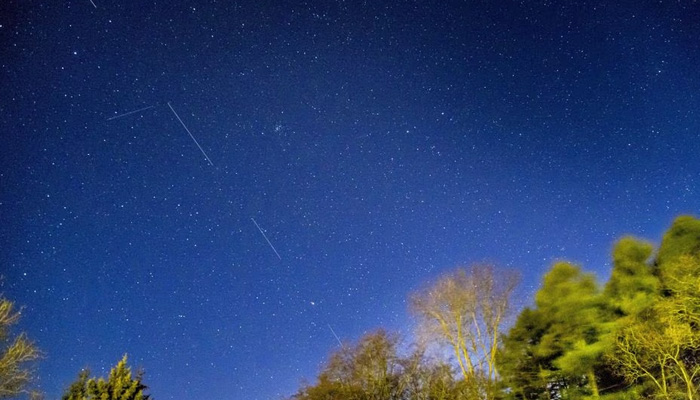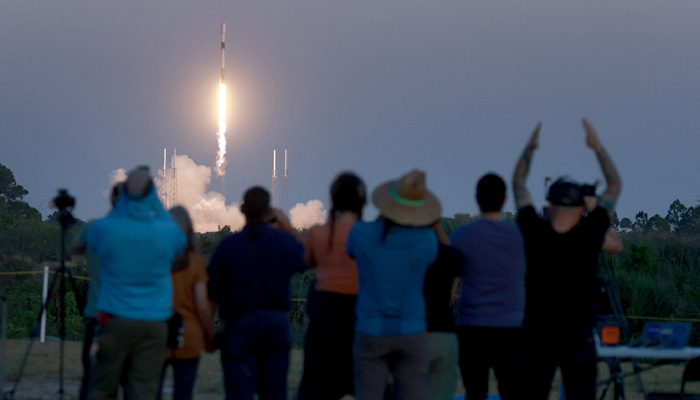Elon Musk's Starlink satellites posing big threat to astronomy: study
Currently, Elon Musk’s SpaceX has an estimated 4,365 of their small internet satellites in Earth orbit
July 10, 2023

As Elon Musk’s SpaceX is sending hundreds of its satellites into low Earth orbit, a study has identified that these communication objects are polluting wavelength by leaking low-frequency radio waves, that are adversely “impacting the ability to perform astronomy”, reported Science Alert.
Engineer Federico Di Vruno of the SKA Observatory and the International Astronomical Union, said: "This study represents the latest effort to better understand satellite constellations' impact on radio astronomy. Previous workshops on Dark and Quiet Skies theorised about this radiation, our observations confirm it is measurable."
The research has been published in the journal Astronomy & Astrophysics.
Currently, Musk’s aerospace company has an estimated 4,365 of their small internet satellites in Earth orbit, with thousands more to be sent into space. OneWeb has more than 600 and Amazon is also intending to launch thousands at the start of 2024.

SpaceX heed to concerns about light pollution and designed a dimmer satellite, however, visible wavelengths only represent one kind of Earth-based astronomy.
astronomer Cees Bassa of ASTRON, the Netherlands Institute for Radio Astronomy, said: "With LOFAR, we detected radiation between 110 and 188 MHz from 47 out of the 68 satellites that were observed."
"This frequency range includes a protected band between 150.05 and 153 MHz specifically allocated to radio astronomy by the International Telecommunications Union."
This emission appears to be unintentional, coming from the satellites' electronics. It's also not breaking any rules. Here on Earth, the International Electrotechnical Commission places stringent restrictions on electrical devices to control electromagnetic interference, but those rules don't apply in space, quoted Science Alert.
The effect is relatively small, so far. But it won't remain this way. As the number of satellites increases, it will get brighter.
Scientists have contacted Musk’s company for the reduction of the leakage.
"The present study highlights an example of the various channels of how technology development may have unforeseen side effects on astronomy," said astronomer Michael Kramer of the Max Planck Institute for Radio Astronomy and the Astronomische Gesellschaft in Germany.
"With SpaceX setting an example, we are now hoping for broad support from the whole satellite industry and regulators."









